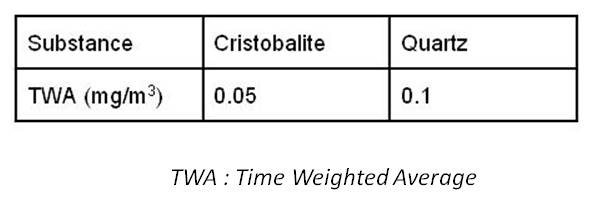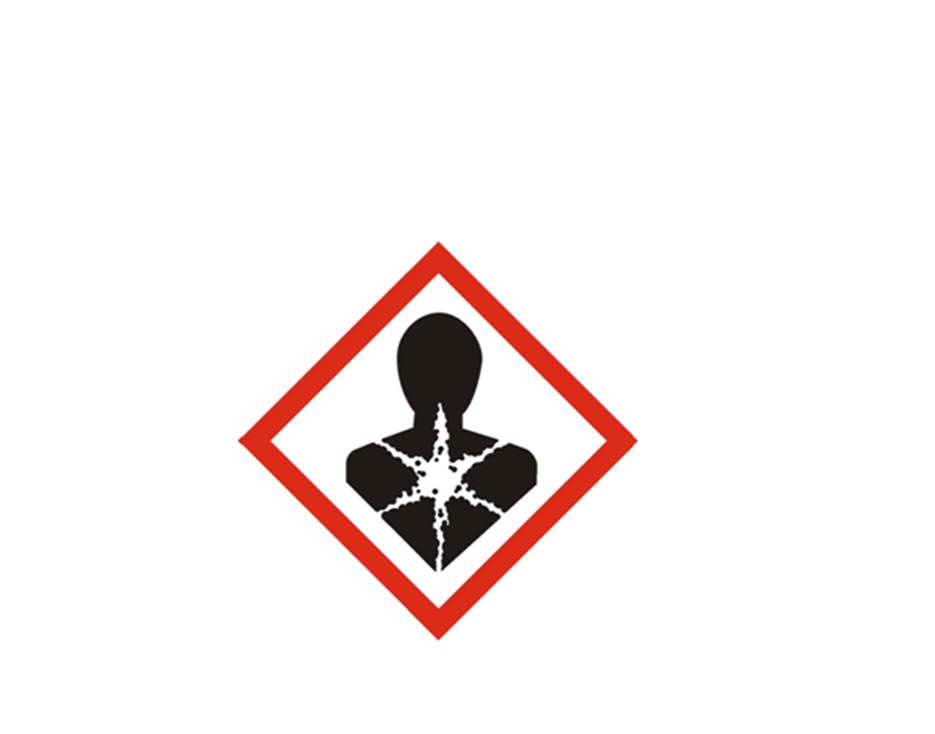|
Introduction
The profesional risk assessment consists in identifying the potential risks for the employees of an institution. Its main purpose is to implement preventive actions. Risk can be defined as the probability the potential for harm will be attained under the conditions of use and / or exposure. This work represents the initial stage of any health prevention approach and safety. It can help to improve its operation throughout its evolution. The assessment consolidates the control of known risks and points the emergence of risks with delayed effects. It also takes into account new risks, often associated with new organizations or new industrial processes. The approach includes identification and classification of risks but also preventive actions. If necessary, immediate corrective measures can also be implemented. The establishment of a preventive approach helps improve business performance in human and economic terms.
Diatomaceous earth is a naturally siliceous sedimentary rock that is easily crumbled into a fine white dust. It has a particle size ranging typically from 10 to 200 micrometers. The typical chemical composition of oven-dried diatomaceous earth is 80 to 90% silica, with 2 to 4% alumina (attributed mostly to clay minerals) and 0.5 to 2% iron oxide.
Clarcel is constituted of approximately 40% cristobalite and about 10% quartz.
Experimental conditions
First, it is necessary to extract important data from the Material Safety Data Sheets (MSDS) record of Clarcel. This form, provided by the supplier in the customer's language, is a structured and well defined way. It permits to inform the user about hazards, prevention, and regulations recommended when using the product. The main information extracted are hazardous substances, risk sentences, associated hazard symbol, and the various recommended personal protective equipments. Other regulators are mentioned as carriage or exposure controls for employees. It is the final parameter on which my work depends.
The establishment of a value measure of occupational exposure limit has a significant cost. There are regulatory values and non-regulatory datas, established by the Ministry of Labour. Regulatory values are priority and companies are required to respect them. The substances concerned by these measures are given by the Code of Labour and available on the INRS website.
Results
The danger of Clarcel is dust, which causes irreversible diseases such as cancer, genetic mutations or fertility problems, in the long term.
Companies should substitute this process, if possible, to protect their employees. If they want to continue using this method, a professional exposure measure is needed to ensure that health and safety of employees is protected. The big problem of this earth is that it is also a CMR. Because of this danger, the measure is absolutely not preventable despite a good risk analysis.
Conclusion
Today, the company uses an extractor fan and a very powerful breathing apparatus. However, this is not sufficient, in view of the law, to not initiate an exposure measurement procedure. The removal of this earth was tried but degrades the material. Using perlite earth instead of diatomaceous earth may be an idea of substitution.
|
|

Limit exposure values

Hazard symbol for a CMR
|



